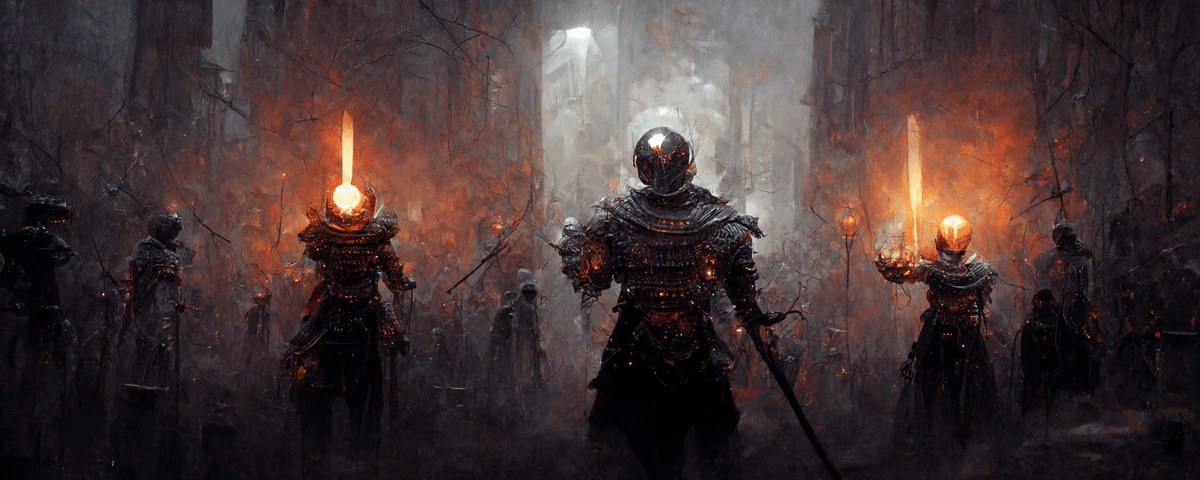Visual | Interactive Media
Figma Wireframes, PowerPoint Presentations, Game Design Docs
Tools: Photoshop, VSHMTL, CSS, Wix Web Builder, VS Code, Figma, Fig Motion.
-
User Experience Design, Product Development, Interactive Testing, Application Paths, Usability Testing, Wireframing.
-
Static wireframes and interactive user-flows visualize a project's requirements, and allow for easier iteration and repeatable testing.
-
As design documents may create a barrier to audience retention, providing a hands-on prototype, in addition to a visual wireframe or flow diagram, is helpful. Combined, they assist in relaying complex information to multiple stakeholders, or levels of experience.
-
With hands-on/on-device versions of the end-user experience, even with the densest flowcharts, the audience can normalize that data by learning to understanding how something works, without needing to know why it works.
Project F.A.E
(Think "First-Person Point and Click Dungeon Crawler" X "The Darkest Dungeon")

Project FAE started as a grim-dark fantasy/sci-fi art concept utilizing Midjourney AI as the primary asset generating source what turned into a hybrid point-and-click adventure/dungeon crawling game project. Once I developed a consistently reproducible art style suitable for the subject matter, I began training Midjourney's AI to recognize a unique code phrase, with the main panels I sought to use. And continued systems design. I would make the game viable for speedrunning, though I also wanted to include combat, and allow the point and click adventure to shine though. So, I needed to provide the players with enough agency to explore while keeping them out of menus. I want them to become engrossed in the world, to pay attention to the dialogue (or skip it in a speedrun), and to not to spend time attempting to min/max their character loadout or trying to piece together a quest puzzle location out of pages of obscure item descriptions.
So, a minimalistic way to approach combat resulted in a complete re-imagining of the user-interface. Instead of hordes of gear, maps, and crafting mechanics, everything was consolidated to a game title/load/quit menu screen. Everything required to beat the game (once acquired, and unless combat modified) was to always be visible on screen. Pairing back scope brought about five primary UI/UX/Usability requirements: core gameplay, quest inventory, combat conditions, the player condition/modifiers, and the game window. The game got center stage, and the rest were neatly tucked into the four corners of the screen. Combat would be driven by chance, via dice rolling, and in a turn-based style like early NES RPGs, though except for loading into a new battle screen, fights would result from encountering persistent enemies set at predetermined locations.
I began hand animating the main introduction panels using the layered anchor image manipulation toolset PlotaVerse, and created looping animations with varying speeds, directions, and focuses to create a sense of physical space and breathe signs of life into the static text-prompt generated AI images I'd been amassing. I generated enough images for several dungeons and had begun generating image sets for a complete alternate version, boasting High Definition and a 32:9 format targeted toward super ultra-wide computer monitor owners. Which I was new into at the time. Which was also true for Midjourney, so I was quick to latch on, and determined to turn the monthly subscription cost and hardware cost into an investment.
I went full blast on this for a while, until one day the PlotaVerse went dark part-way into my yearly subscription. It's sad to see such amazing technology vanish, though I've recently signed up for info on the PlotaVerse AI relaunch, and am looking forward to that a great deal. It's so cool looking! While there are algorithms to simulate the effects of anchor-based motion, and plugins for programs like Adobe After Effects, my experimentation into alternatives do little in the way of matching the multiple layers, anchor, and speed functionality that was possible in the Plata-Verse PC app. So, production was halted, and eventually the concept was sunset. It was great to learn while doing and to explore while creating, and just so happened to coincide with the start of my AI journey. It was also vital in furthering my desire to test experimental software and for delving deeper into training AI models to create generative consistency over a wider variety of content, and supports larger single person projects involving deliverables over multiple disciplines. I remainl convinced the style can be used to create an engaging player interactive player experiences, and perhaps it will be shone by new light someday.
Tools: Midjourney, Plota-Graph, LeiaPix.
Pitches, Game and Design Docs, PowerPoint
Visual presentation on Malachite created in PowerPoint. Eases the eyes from stark white backgrounds, presents readable information in digestible amounts. Emphasizes visuals over walls of text, and uses bullet points sparingly, may include recap audibly during closing sections, reward audience participation with a humor or thank you slide, and reward self as research showed the Environmental Science teacher enjoys seeing Grad Students to scale. Invite questions and provide an opportunity to follow up.





















